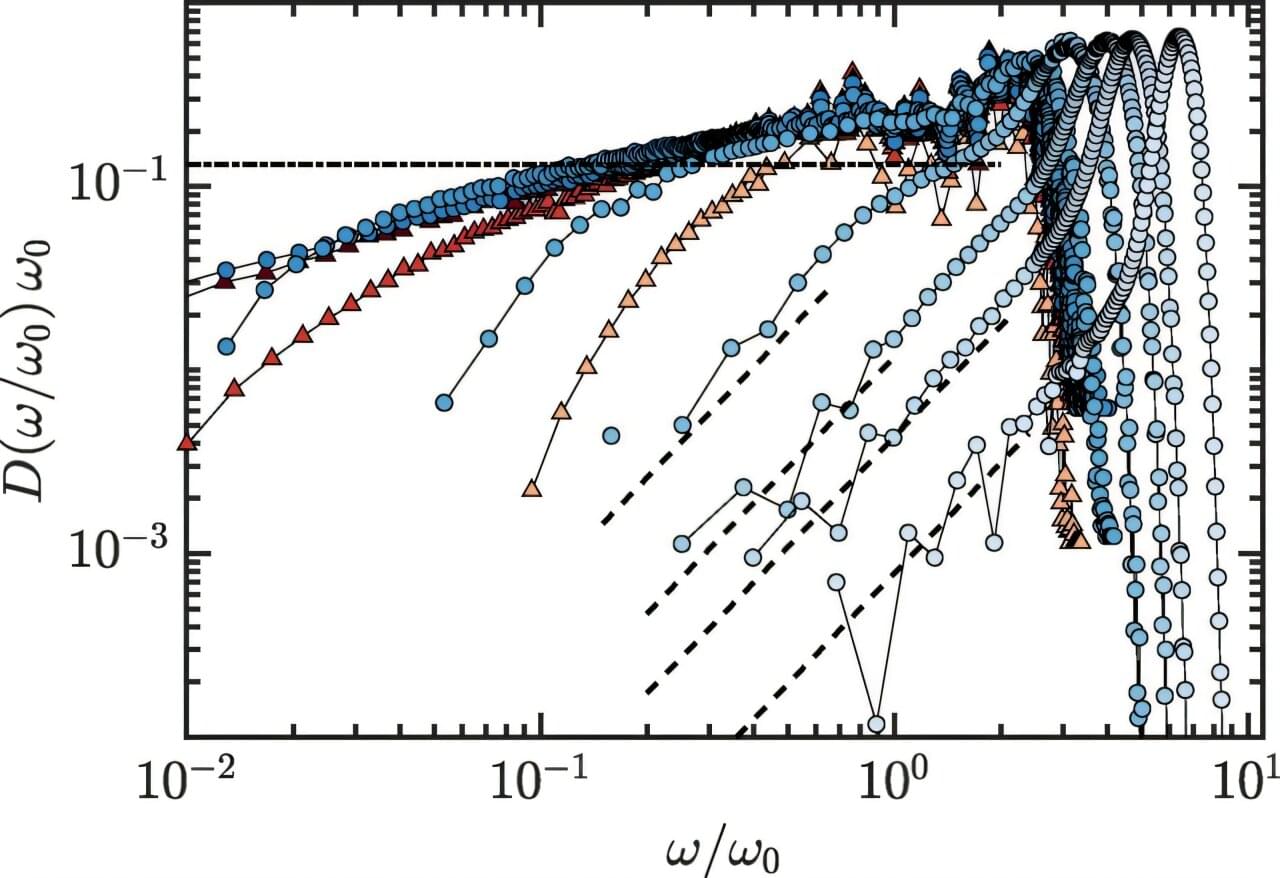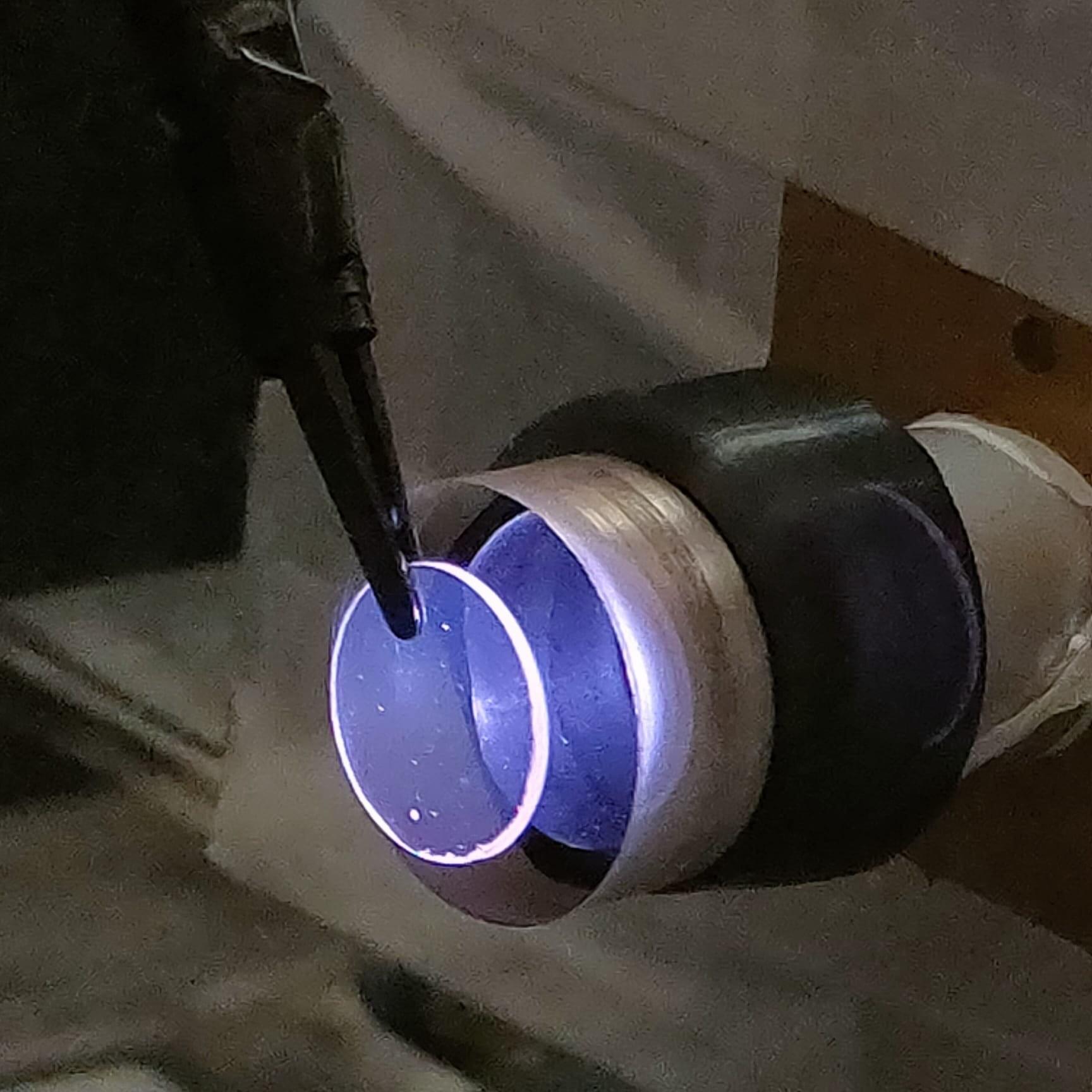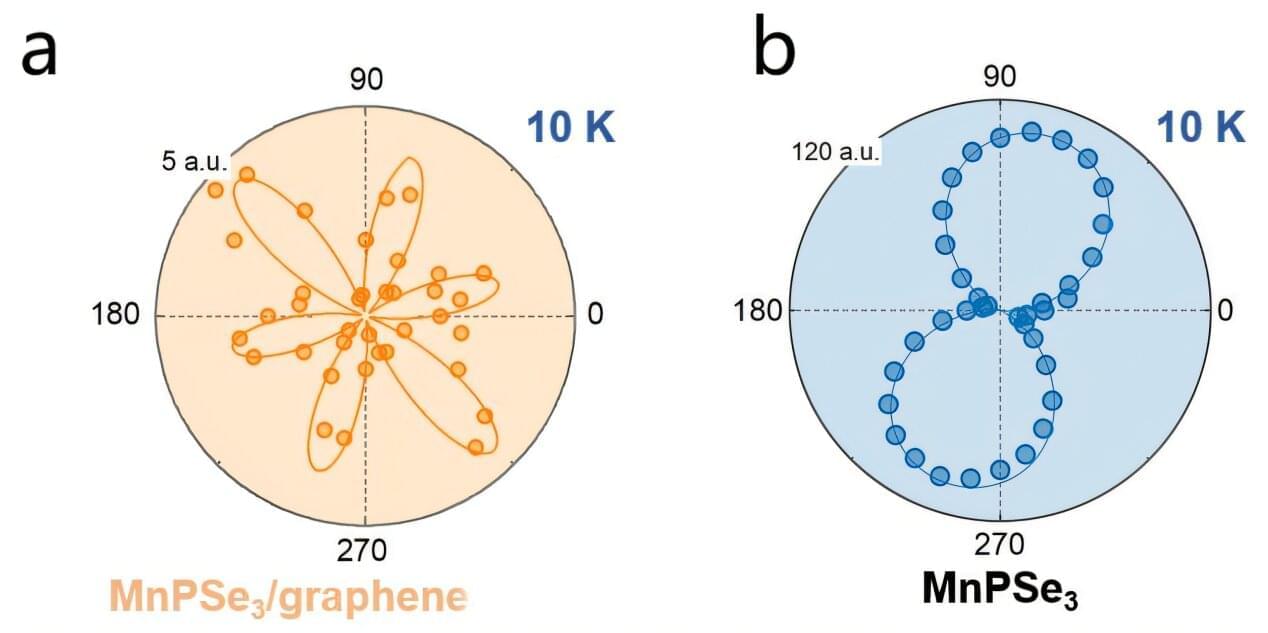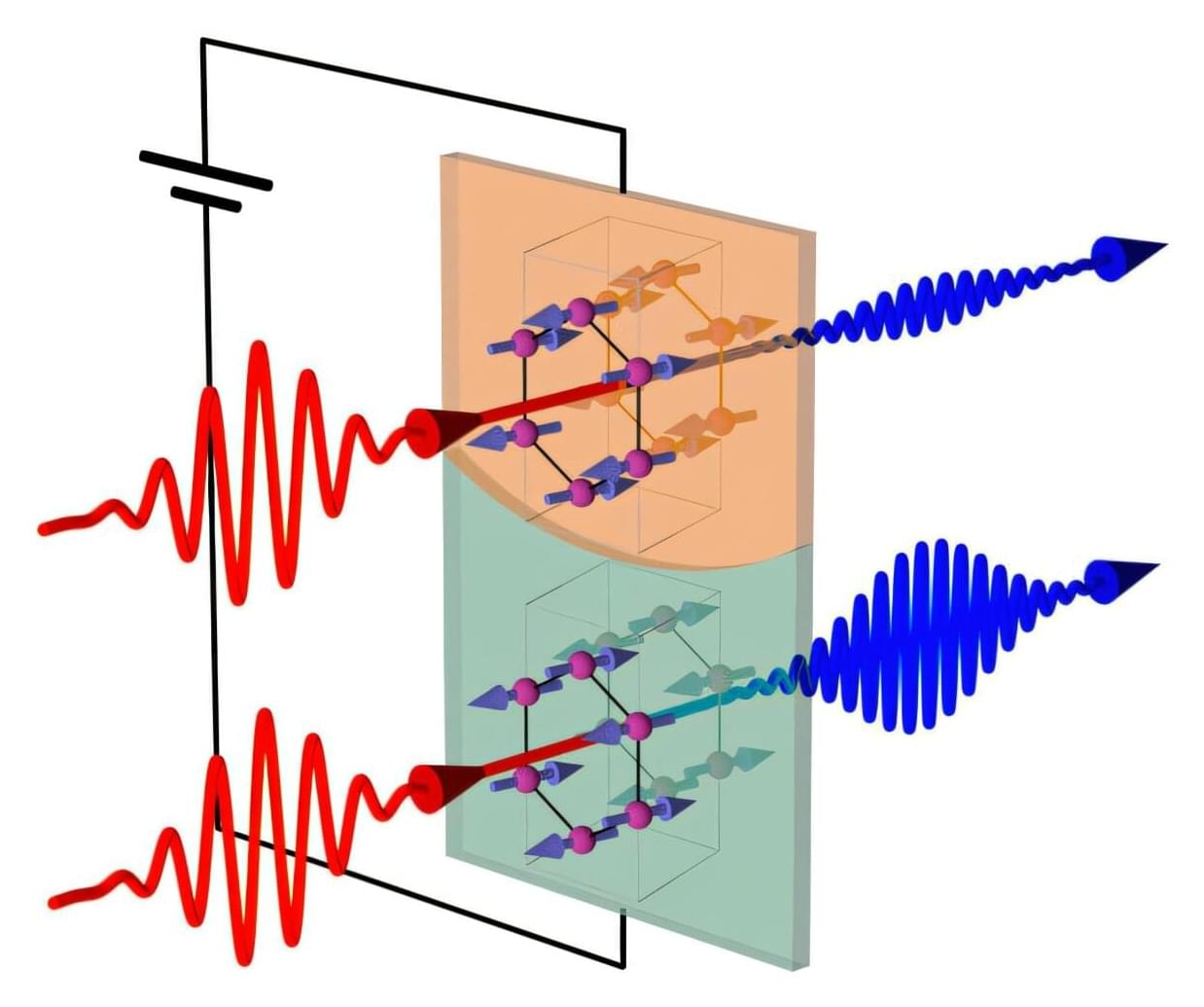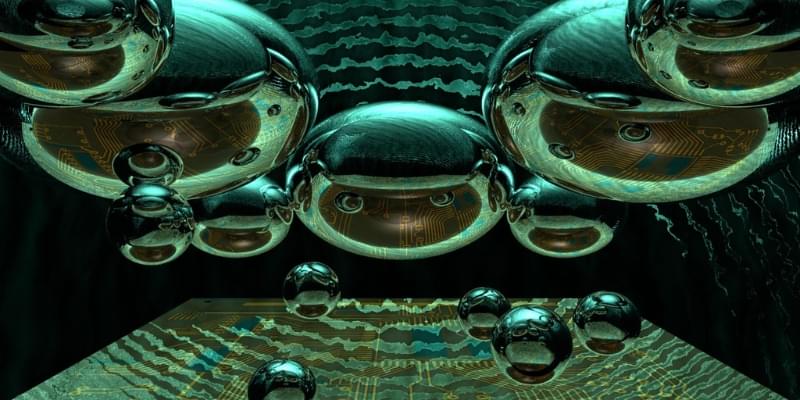Why do avalanches start to slide? And what happens inside the “pile of snow?” If you ask yourself these questions, you are very close to a physical problem. This phenomenon not only occurs on mountain peaks and in snow masses, where it is rather uncontrolled—it is also studied in the laboratory at the microscopic level in materials with a disordered particle structure, for example in glasses, granular materials or foams.
Particles can “slide” in a similar way to avalanches, causing the structure to lose its stability and become deformable, even independently of a change in temperature. But what happens inside such a shaky structure?
Physicist Matthias Fuchs from the University of Konstanz and his colleagues Florian Vogel and Philipp Baumgärtel are researching these disordered solids. Two years ago, they solved an old puzzle about glass vibrations by revisiting a forgotten theory. “Now we have continued the project to answer the question of when an ‘irregular house of cards collapses.’ We want to find out when an amorphous solid loses its stability and starts to slide like a pile of sand,” says Fuchs.
